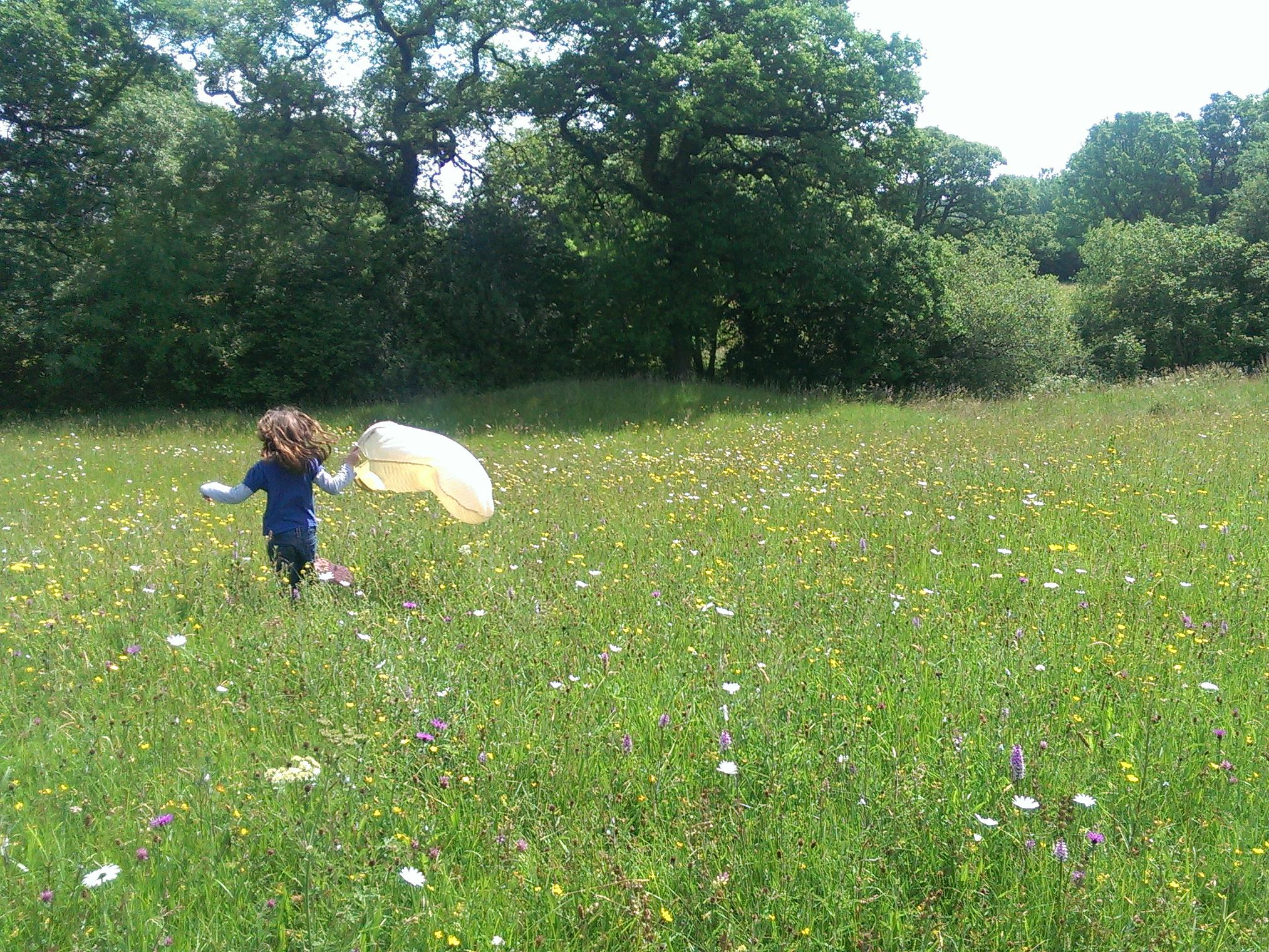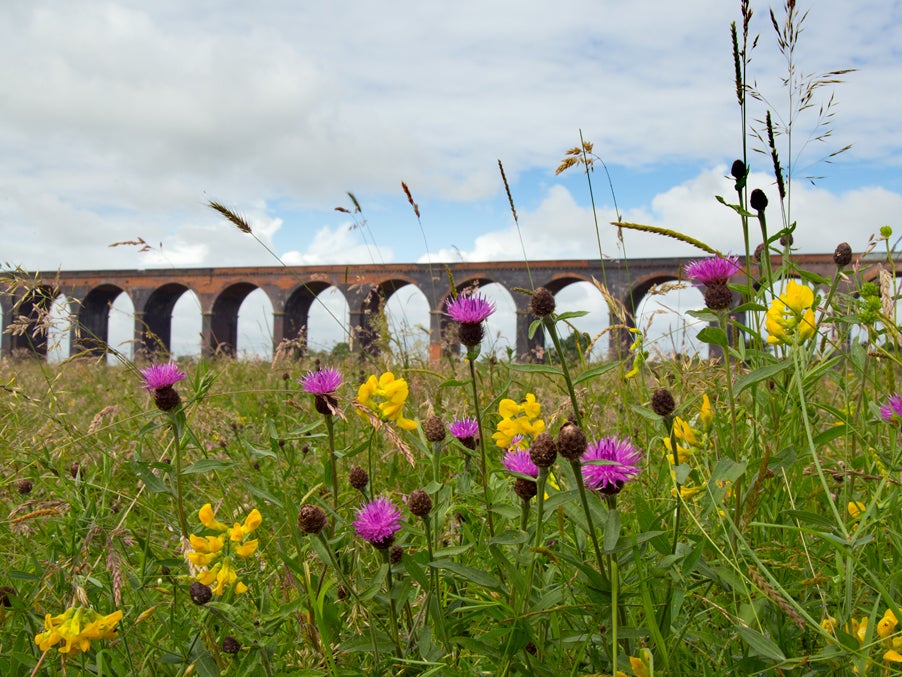Nearly all British wildflower meadows have been eradicated, prompting calls for urgent government action
'Somebody can go into an ancient, wildflower-rich meadow and plough it up within an afternoon, and centuries of carefully managed habitat has disappeared instantly'

Britain has seen the catastrophic destruction of its once widespread wildflower meadows, as intensive farming has gradually replaced them.
Experts say 97 per cent of the nation’s meadows have been eradicated since the 1930s, with popular species like wild strawberry, ragged robin and harebell facing steep declines.
Campaigners say the collapse of these meadows, which act as “powerhouses” for the nation’s ecosystems, has also contributed to the downward spiral of Britain’s butterflies and bees.
The trend has prompted environmental group Plantlife to issue a “clarion call” urging the government to make good on its promises to protect ancient meadows from further damage and to restore at least 120,000 hectares (463 square miles) of such habitats.

“Nobody has noticed this disappearance; it has definitely gone under the radar,” Dr Trevor Dines, Plantlife’s botanical specialist, told The Independent.
“We know when a woodland disappears because the chainsaws move in; you can see the trees crashing down.
“But somebody can go into an ancient, wildflower-rich meadow and plough it up within an afternoon, and centuries of carefully managed habitat has disappeared instantly.”
Dr Dines, a farmer’s son, feels many of Britain’s farmers want to do the right thing and help conservation of the country’s wild heritage.
However thus far – barring Plantlife’s efforts to restore patches of meadow – there have been only minimal efforts to restore wildflowers around the edges of fields – efforts Dr Dines dismisses as “nowhere near enough”.
“[Environment secretary] Michael Gove is making those right noises, but we recognise that is just nice words in a document plan – we want to see some real, tangible commitments coming from government,” he says.
Plantlife has also urged improved environmental legislation for the post-Brexit landscape, to ensure the remaining 3 per cent of meadows is shielded from the expansion of farmland and the threat posed by pollution.
Amy Mount, of the Greener UK coalition, said: “Brexit puts into question the vast majority of our environmental protections, so we need to make sure these are properly carried over from the EU in time for the very first minute of exit day.

“Yet we can and should set our sights higher. A new environment act with goals for nature’s recovery, and to provide healthier air, water and soils can enhance the world around us and make the UK an international leader on these urgent issues.”
A Defra spokesperson said the government is committed to leaving the environment “in a better state than we found it”.
“We have committed to developing a nature recovery network to protect and restore wildlife in our 25 Year Environment Plan,” said the spokesperson.
“We are keen to work with Plantlife and other partners – as we develop more detailed plans for expanding and connecting grassland habitats – and to explore how we can more effectively share data to strengthen our inventories.”
With hundreds of pollinators and other insect species relying on wildflowers to survive, the loss of Britain’s meadows is closely tied to broader trends of wildlife destruction in recent years.
Recent reports have catalogued the drop in populations of insects, birds and mammals in the UK, with naturalist Chris Packham warning of an “ecological apocalypse”.
“The plants are the powerhouse behind these habitats and if we lose diversity there, that’s why we have lost all these bees, butterflies and other parts of the food chain as well,” says Dr Dines.
“Let’s work from the roots up and get the fabric of our landscape back in place now, and then all other wildlife will start to follow.”
Join our commenting forum
Join thought-provoking conversations, follow other Independent readers and see their replies
Comments